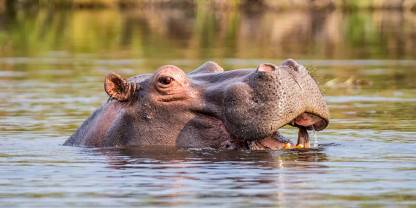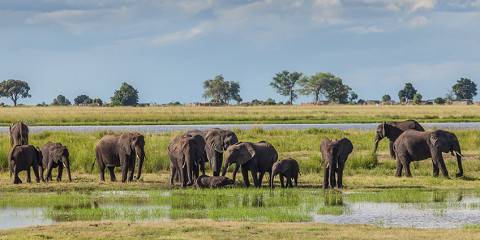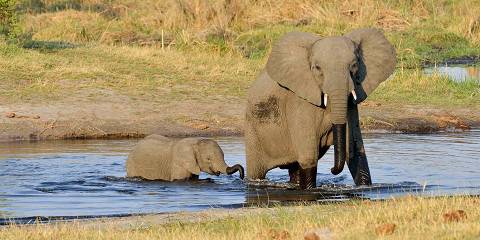The Zambezi Region (formerly Caprivi Strip) is a little-visited narrow strip of land in northeastern Namibia that borders Botswana’s Okavango Delta. There are three off-the-beaten-track national parks here: Bwabwata, Nkasa Rupara (formerly Mamili) and Mudumu. Animals cross freely from Botswana, including wildlife that is not common in the rest of Namibia, such as buffalo, hippo and crocodile. Not many tours visit the Zambezi Region: it is mainly a 4x4 self-drive destination for adventurous travelers.

-
Best Time To Go
- May to September (Animals easier to spot)
-
High Season
- July to October (Though the area never gets crowded)
-
Size
- 11,000km² / 4,247mi² (approx.)
-
Altitude
-
900-1,100m /2,953-3,609ft
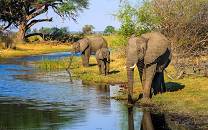 View Photos
View Photos
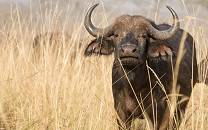 View Photos
+24
Photos
View Photos
+24
Photos
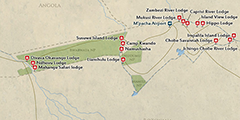 Open Map
Open Map
Pros & Cons
- Excellent wilderness experience
- Good variety of animals not common in Namibia
- Little-visited, off-the-beaten-track destination
- Bwabwata National Park is one of Namibia’s most underrated parks
- Regular flooding and bad roads
- Mainly for serious 4x4 enthusiasts; facilities are limited
Wildlife
There is plenty of wildlife in the Zambezi Region, including several species not found elsewhere in Namibia. The area, parts of which become flooded in the Wet season (November to April), is home to many water-adapted animals. Crocodiles and hippos are common, and water-loving antelopes such as red lechwe, sitatunga and reedbuck are present in healthy numbers. More than half of the country’s buffalo and elephant inhabit this small area.
More about the Zambezi Region’s wildlifeScenery
The Zambezi Region is flat and lacks prominent physical features. Several wide, tropical rivers, such as the Kwando and the Zambezi, form the main landmarks. Nearly a third of the eastern Zambezi Region can be flooded during rains. The vegetation is lush and tropical with many magnificent tree species.
Activities
Self-drive safaris are the most popular way to explore the Zambezi Region, as not many tours visit the area. That said, lodges and camps in Bwabwata and Nkasa Rupara National Parks can arrange guided and even boat excursions. As it’s a popular area for birders, many guided drives tend to focus on birdlife.
Weather & Climate
Summer in the Zambezi Region coincides with the area’s Wet season (November to April). It is marked by thunderstorms most afternoons, although they rarely last for long. The heat begins in October, with average afternoon temperatures of 35°C/95°F. It remains relatively hot for the next six months, peaking again from January to March. During the Dry season (May to October), the Zambezi Region enjoys a relatively mild winter, with the exception of October.
More about the weather and climateBest Time To Visit
The Dry season (May to October) is the best time to visit the Zambezi Region, with ideal conditions from May to September. At this time, temperatures are more bearable and wildlife viewing tends to be better. October can be very hot, but is also usually dry and good for seeing wildlife. Roads can deteriorate badly during the Wet season (November to April).
More about the best time to visit
